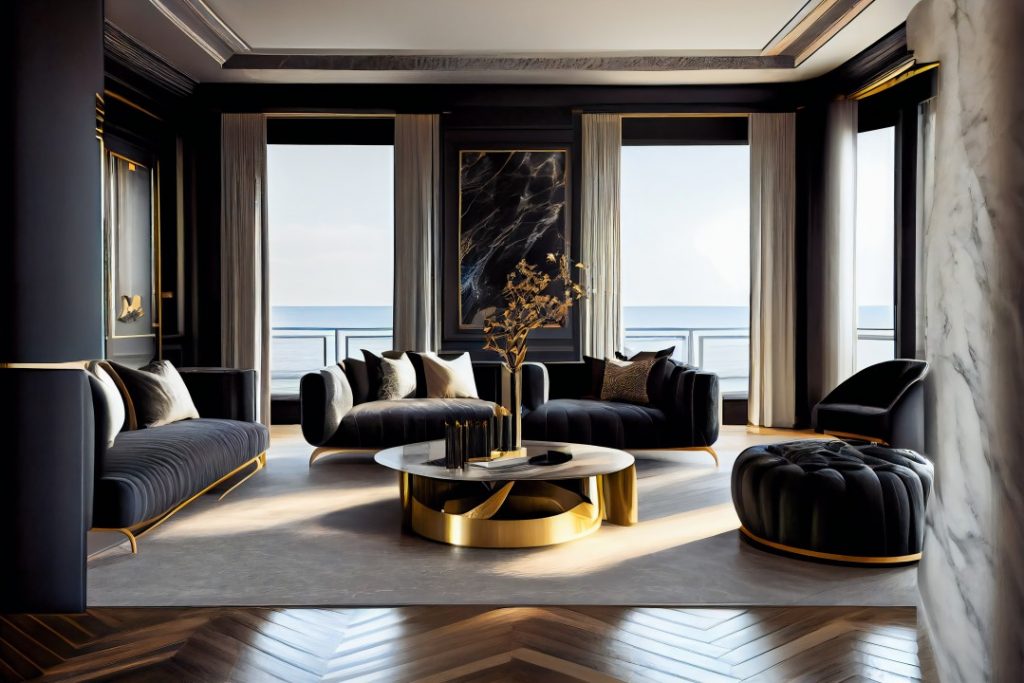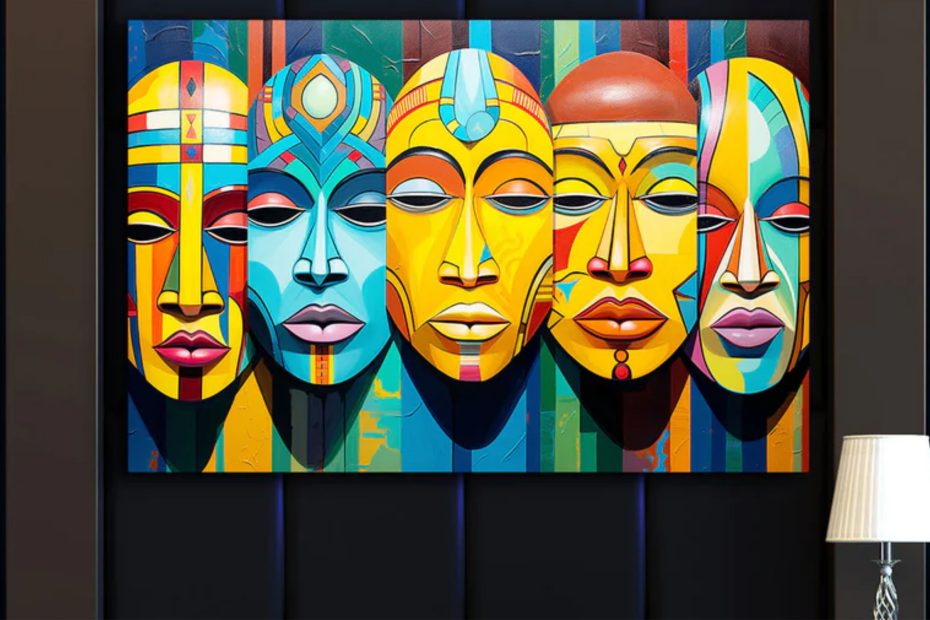The Art of Space: Traditional vs. Modern Interior Design Across Cultures
Interior design is more than mere decoration; it is an artistic representation of culture, identity, and human experience. Across the globe, the interplay of tradition and modernity creates a rich tapestry of interior aesthetics that speaks to the values, aspirations, and histories of diverse societies. This article explores the contrasts and convergences between traditional and modern interior design, highlighting various cultural influences and styles.
Traditional Interior Design
Definition and Characteristics
Traditional interior design often reflects the historical and cultural context of a place, characterized by its adherence to classic styles, intricate details, and a sense of permanence. Key characteristics include:
– Classic Furniture:
Traditional designs feature ornate furnishings often made from rich woods and luxurious fabrics. Pieces may include detailed carvings, upholstery with patterns, and furniture that has stood the test of time.
– Color Palette:
A muted, earthy color palette is common, with deep hues like burgundy, navy, and forest green, often combined with neutral tones to create warmth and coziness.
– Textiles and Materials:
Natural materials such as wood, stone, and textiles like silk, linen, and wool are favored, often used in intricate draping and layering to evoke a sense of comfort and tradition.
– Cultural Motifs:
Designs may include local art, historical references, and motifs that reflect the region’s heritage, such as intricate tile work in Moroccan design or bamboo accents in Japanese interiors.
Cultural Examples
1. Japanese Zen Design: Emphasizing simplicity, tranquility, and a connection with nature, traditional Japanese interiors utilize tatami mats, shoji screens, and wooden elements to create a harmonious space.
2. Mediterranean Charm: In regions like Italy and Greece, traditional design incorporates terracotta tiles, arched doorways, and vibrant colors that mirror the landscapes and coastal beauty of the Mediterranean.
3. Colonial American Interiors: Characterized by a mix of European styles adapted to the New World, Colonial design features functional furniture and muted colors. Heirlooms and handcrafted pieces are significant in creating a sense of history.
Modern Interior Design
Definition and Characteristics
Modern interior design originated in the early 20th century, breaking away from ornate traditions to embrace minimalism, functionality, and innovative materials. Key characteristics include:
– Simplicity:
Modern design favors clean lines and open spaces, often with an emphasis on less clutter and more functionality. The aesthetic celebrates simplicity and minimalism.
– Innovative Materials:
The use of new materials such as metal, glass, and plastics is common, allowing for creative designs that would have been impossible in traditional contexts.
– Neutral Colors with Bold Accents:
The color palette might lean towards whites, greys, and blacks, punctuated with vibrant pops of color that draw attention without overwhelming the senses.
– Integration of Technology:
Modern interiors often incorporate smart technology seamlessly, reflecting a lifestyle that values convenience and efficiency.
Cultural Examples
1.Scandinavian Design: Characterized by functional elegance, Scandinavian interiors utilize natural light, minimal furnishings, and a harmonious blend of comfort and style, often featuring light woods and neutral shades.
2. Industrial Aesthetics: Originating in urban environments, industrial design showcases raw materials like exposed bricks, ductwork, and reclaimed wood, creating a rustic yet modern feel.
3. Contemporary Asian Designs: Embracing modern aesthetics, contemporary Asian designs might integrate traditional elements—such as bamboo accents or Zen gardens—within modern frameworks, blending history with modernity.

Convergence of Traditional and Modern
The discourse between traditional
and modern interior design is not a strict dichotomy. Many modern designers draw inspiration from traditional motifs, blending the old with the new to create fresh, innovative spaces. This convergence often results in hybrid designs that marry the comfort and storytelling of tradition with the sleek lines and functionalities of modern styles.
Global Influence and Adaptation
As globalization continues to influence cultural exchange, interior design sees a melding of styles across borders. Contemporary spaces often celebrate multicultural elements, incorporating design features from various traditions, such as African textiles used in a minimalist Scandinavian home or Middle Eastern geometric patterns adorning modern furniture.
Conclusion
The art of space in interior design reflects the essence of cultures while evolving across time. The dialogue between traditional and modern styles enriches our understanding of history, identity, and human interaction with space. As we continue to explore the narratives of the past and dreams of the future, the world of interior design remains a vibrant and dynamic canvas, inviting everyone to express themselves and connect with their histories in new and exciting ways.
Whether through the ornate beauty of traditional design or the clean lines of modern aesthetics, the art of space invites us to create environments that resonate with who we are and aspire to be.




